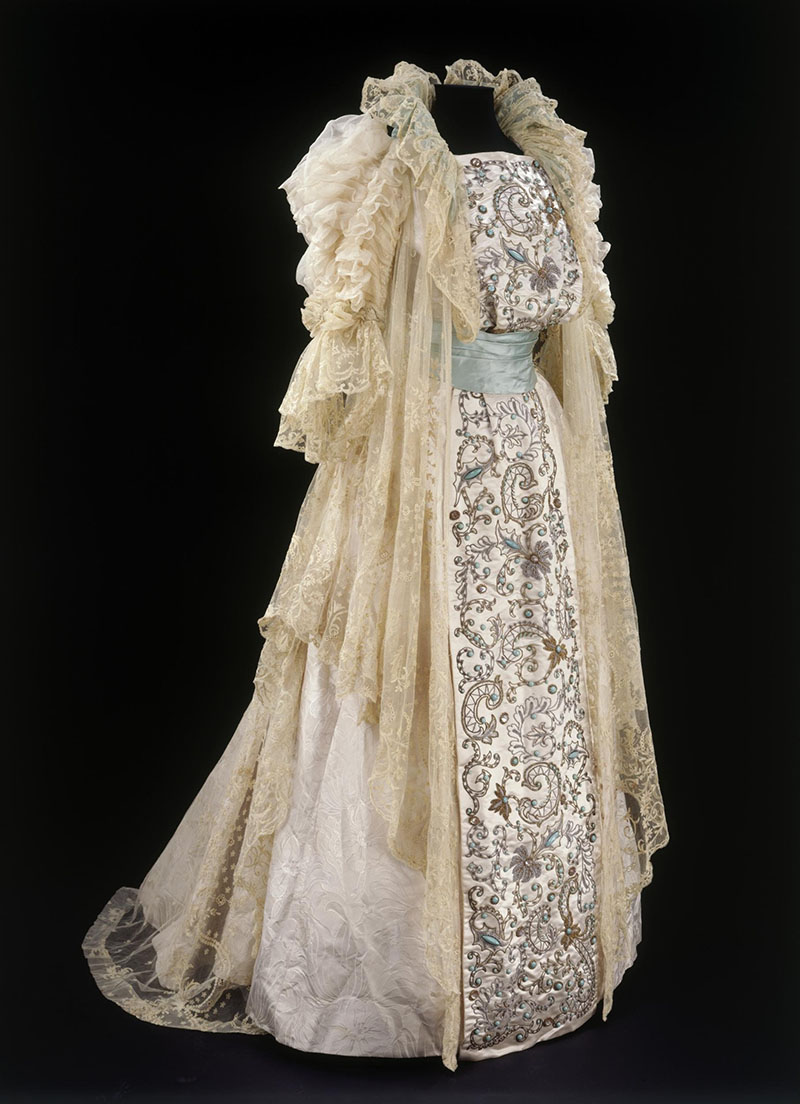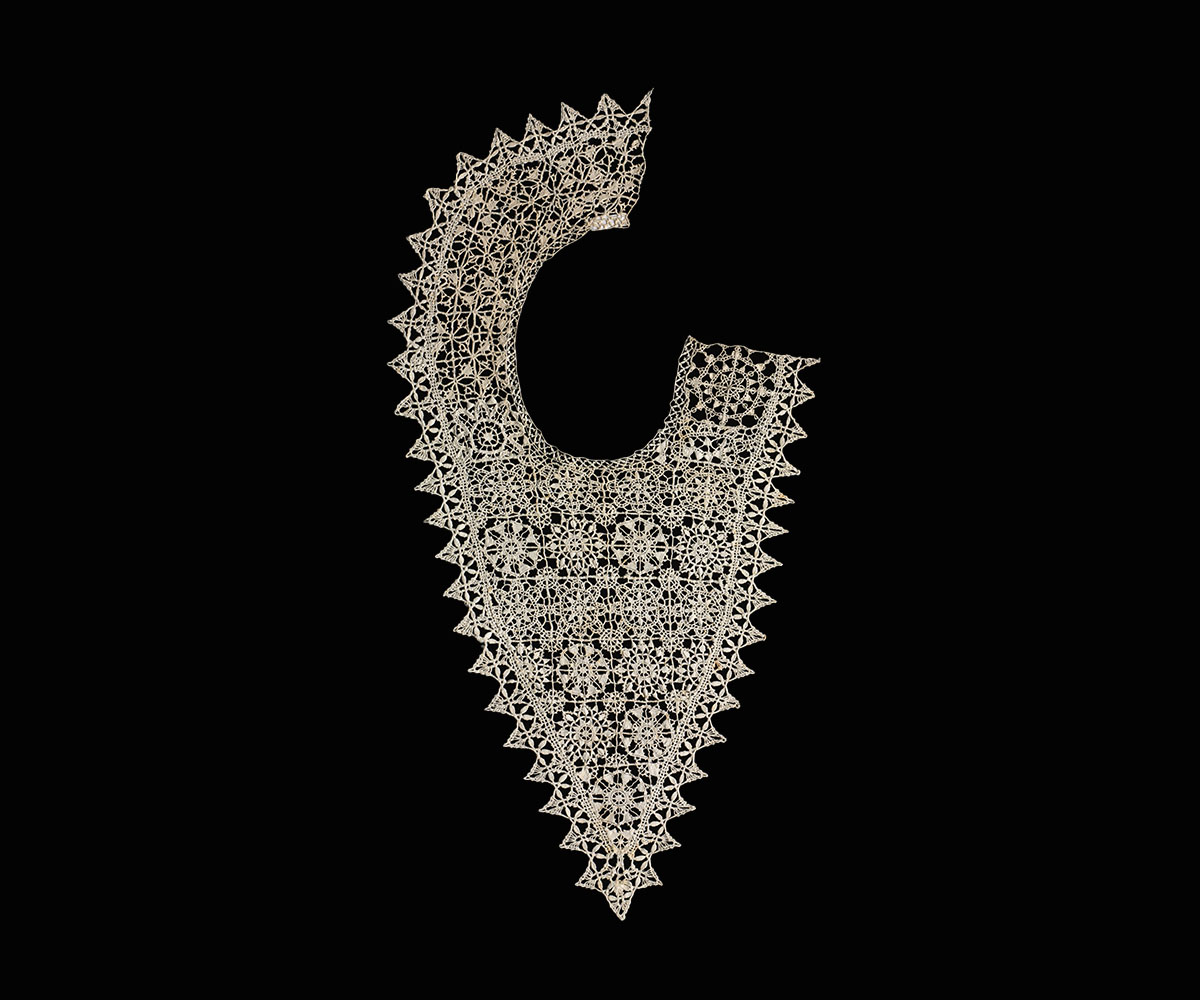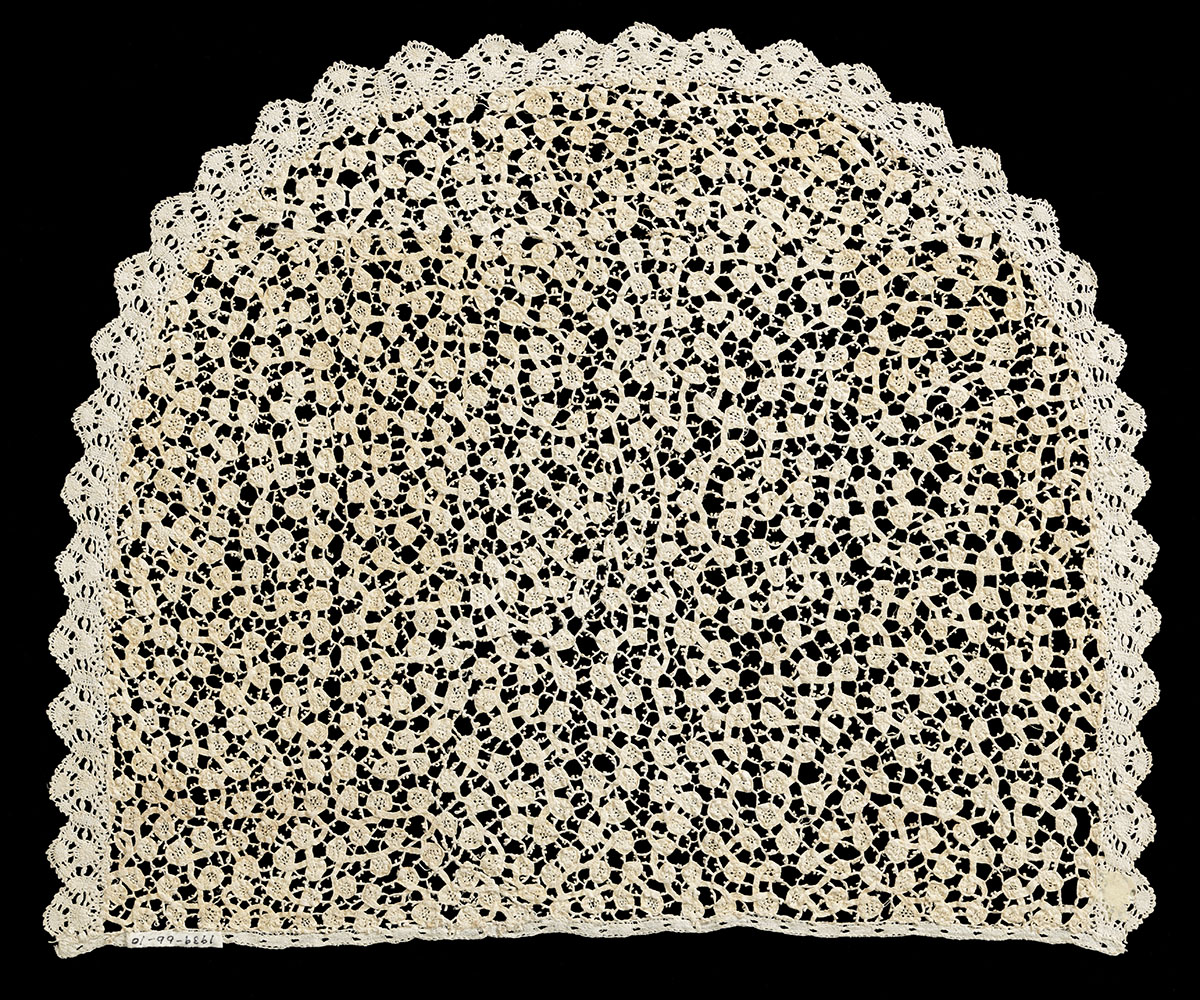ARTICLE
Bobbin Lace
Bobbin lace-making was encouraged and taught in charitable schools and convents. Brought to India by Christian missionaries, Kanyakumari became one the oldest clusters of bobbin lace-makers in 1897 and was started by two Catholic sisters; here craftswomen would make fine quality laces and export to the European market, especially Belgium. Another major cluster was started by Father Augusto Colombo in the mid twentieth century, who introduced bobbin lace-making as an occupational craft at Station Ghanpur, Jangaon district, Telangana. There the craftspersons use mercerised cotton threads and, on average, a bobbin lace of 22 cm diameter takes about 35–40 working hours, which may vary depending on the skill of the person and complexity of the design. From 2017 onwards, the Telangana State Handicrafts Development Corporation has been supporting and popularising the craft. Additionally, in 2005, Joep Verhoeven, a design student at the Design Academy Eindhoven, Netherlands created a decorative lace fence using the bobbin lace technique. The ornate galvanised steel fence exemplified the intricate bobbin lace-making process and gave it a different functionality.
Today, bobbin lace is made using both natural and synthetic fibres and unconventional materials such as wire, filaments, cable and thick wool yarn are used to create bags, scarves, cushions, etc. which are also decorated with beads and tassels. Factors such as a change in fashion and economical machine-made laces have reduced the demand for these hand made laces.
Bibliography
Our website is currently undergoing maintenance and re-design, due to which we have had to take down some of our bibliographies. While these will be re-published shortly, you can request references for specific articles by writing to hellomapacademy@map-india.org.









